A Complete guide to LED outdoor light fixture
As a guide on LED outdoor light fixture, I explore the differences between LED outdoor light and solar outdoor light options, various LED outdoor light types, and factors to consider for the best outdoor lighting solution. Understanding these aspects helps you make informed decisions for their outdoor spaces.
By delving into LED outdoor versus solar outdoor lighting, exploring different exterior LED light types, and offering application insights, you gain clarity on choosing the most suitable outdoor lighting. Whether enhancing security, accentuating landscaping, or creating ambiance, this article equips you with valuable knowledge for optimizing their outdoor environments.
LED Outdoor Light Introduction
When thinking about commercial led outdoor lighting alternatives, it’s crucial to comprehend the diverse series of selections offered and their particular benefits. Whether lighting up a yard path, highlighting architectural features, or enhancing safety and security, choosing the ideal exterior lighting remedy is necessary for both visual appeal and capability. In this guide, I’ll explore the distinctions between LED and solar outside illumination, various sorts of commercial led outdoor lighting, and aspects to consider when figuring out the very best exterior illumination for your specific needs.
LED Outdoor Lights vs Solar Outdoor Light?
When considering outside lighting choices, it’s essential to consider the benefits and drawbacks of LED and solar-powered choices. LED outdoor lighting deals with consistent brightness and integrity, making it suitable for areas where regular lighting is important. These lights are powered by electrical energy and are known for their energy performance and longevity. They can be found in various types, consisting of limelights, floodlights, and course lights, providing flexibility in application.
On the other hand, solar outdoor lights harness energy from the sun to power the lights, making them environmentally friendly and cost-effective in the long run. Solar lights are simple to mount because they don’t need circuitry, making them suitable for areas without access to electrical energy. However, their efficiency can be influenced by climate conditions and the quantity of sunlight offered, which might cause irregular lighting, particularly on cloudy days or in shaded locations.
When determining between LED and solar outdoor lighting, it’s vital to consider elements such as the desired brightness, integrity, ease of setup, and long-lasting price. LED lights are dependable and offer consistent lighting yet call for accessibility to electrical energy, while solar lights are environmentally friendly and economical however, they may vary in efficiency depending on environmental variables.
LED Outdoor Light Types
Among the often asked questions regarding LED downlights is whether they are dimmable. The solution is of course, however there are very important factors to consider to guarantee appropriate functionality and performance. LED downlights, when developed for dimming, can offer flexible light degrees, producing a functional lighting setting ideal for numerous requirements and state of minds.
To recognize the dimmability of LED downlights, it is important to acknowledge the types of dimmers that are suitable for LED innovation. Traditional incandescent dimmers may not work properly with LED downlights due to different electrical features. Rather, it is suggested to utilize LED-compatible dimmers to achieve smooth and regular dimming efficiency.
When it involves outside illumination, modern LED technology uses a flexible array of alternatives to suit numerous demands and preferences.
1. LED outdoor flood light
Flood lamps are ideal for illuminating large outdoor locations, such as driveways, backyards, or sporting activities areas. They offer broad, extreme light insurance coverage, enhancing visibility safety, and security.
2. LED outdoor path lights
Path lights are made to line paths, driveways, or garden borders, directing pedestrians securely while adding aesthetic attract outside rooms.
3. LED wall lights outdoor
Wall packs are installed on outside walls to give effective illumination for constructing boundaries, car park, or outdoor signage.
4. Limelights
Limelights are directional lights utilized to highlight details of exterior features, such as architectural information, landscape elements, or artwork.
5. Outdoor LED step lights
Step lights are set up on staircases or steps to enhance safety and exposure, avoiding crashes and producing a welcoming setting.
6. LED outdoor string lights
String lights are decorative LED hairs that can be hung across outside rooms, such as patios, pergolas, or trees, to produce a festive ambiance for events or events.
7. Bollard Lights
Bollard lights are low-profile fixtures mounted along paths, yards, or entrances, offering refined illumination and enhancing the aesthetic appeal of outside landscapes.
8. Deck Lights
Deck lights are placed on decks or outdoor systems to brighten the surface area and bordering areas, enabling safe navigation and prolonging outdoor living hours.
9. Landscape Lighting
Landscape lights come in various kinds, including limelights, flood lamps, and well lights, and are used to emphasize the all-natural beauty of yards, trees, or water functions.
10. Safety and Security Lights
Security lights integrate motion sensing units with brilliant LED modern technology to prevent burglars and boost safety and security around homes, businesses, or outdoor facilities.
What Outdoor Light You Required
Picking the right outdoor illumination is crucial for both aesthetic charm and usefulness. Right here are some variables to consider:
Light Intensity
When choosing outdoor lights, consider the strength of light needed for the intended area. Areas such as paths and driveways may need brighter illumination for safety and security, while garden attributes or seating locations might take advantage of softer, ambient lighting.
Energy Effectiveness
Go with energy-efficient exterior illumination choices to reduce electrical energy consumption and minimize ecological effect. LED lights are a popular selection as a result of their low energy usage and long life expectancy.
Climate Resistance
Outside lights need to be created to endure various climate condition, including rain, snow, and UV exposure. Search for fixtures with weather-resistant materials and IP rankings indicating their level of defense versus wetness and dirt.
Design and Layout
Take into consideration the visual charm of outdoor illumination components and just how they complement the overall design of your exterior area. Pick components that mix perfectly with the architectural style of your home and boost the aesthetic allure of your landscape.
Functionality
Determine the specific features you require from your outdoor illumination, whether it’s lighting paths, highlighting landscape functions, or boosting safety. Select components with adjustable attributes, such as activity sensing units or dimmers, to satisfy your one-of-a-kind requirements.
Budget
Establish and allocate your outdoor illumination project and check out choices that use the most effective value for your financial investment. Take into consideration not just the preliminary price of components but also lasting maintenance and power expenses.
Exterior Light Applications
When thinking about outdoor lights, it’s essential to match the kind of light with its intended application. Right here are some common outside light applications:
1. Security Lighting
Safety lighting plays a vital duty in discouraging invaders and trespassers. LED flood lamps with activity sensing units are popular selections for this application, supplying brilliant illumination when activity is discovered.
2. Pathway Lights
For path illumination, low-level fixtures such as bollard lights or path pens are excellent. These lights direct pedestrians along pathways while adding ambiance to outdoor areas.
3. Accent Lighting
Accent lights highlight architectural functions, landscaping, or outside art. LED spotlights or well lights can be strategically put to attract focus to particular elements, developing an aesthetic rate of interest after dark.
4. Ornamental Illumination
When it comes to decorative lights, alternatives abound. String lights, lights, and ornamental sconces add character and beauty to outdoor living areas, improving the general ambiance.
5. Landscape Lighting
Landscape illumination offers both visual and practical purposes. It lights up garden beds, trees, and various other landscaping aspects, boosting visual charm and enabling secure navigation around the home.
6. Outdoor Patio and Deck Lighting
For outdoor patio and deck lighting, take into consideration components that are both functional and elegant. LED string lights, recessed deck lights, and wall-mounted lights create inviting exterior atmospheres for amusing or relaxation.
7. Pool Lights
Pool lighting not just boosts safety but likewise includes setting to nighttime swimming. LED underwater lights, drifting swimming pool lights, or boundary lighting can change a pool location into a fascinating focal factor.
8. Sign and Appearance Lights
Sign and façade lights are essential for organizations or business residential or commercial properties. LED floodlights or wall-mounted components can illuminate signs, entries, and structure outsides, enhancing visibility and boosting brand name acknowledgment.
9. Yard Illumination
Yard lighting allows house owners to appreciate their outdoor spaces also after the sun sets. Course lights, yard limelights, and post lights can highlight growings, paths, and seating locations, developing a wonderful setting.
By understanding the numerous outdoor light applications and choosing the appropriate components, homeowners can enhance the functionality, security, and aesthetics of their outside areas.
Conclusion
After checking out the ins and outs of outside lights, it’s clear that LED illumination stands apart as the favored selection for different factors. While solar outdoor lights have their advantages, such as power efficiency and eco-friendliness, they might not constantly offer the integrity and brightness needed for optimal exterior illumination. On the other hand, LED outside lights flaunt superior brightness, longevity, and convenience, making them suitable for a large range of outdoor applications.
When choosing the kind of exterior illumination to purchase, it’s important to consider aspects such as the meant usage, location, and budget plan. Whether it’s for protection, emphasizing landscaping features, or creating ambiance for outside events, choosing the ideal exterior light is critical for accomplishing desired results.
From floodlights to path lights, there’s a wide variety of outside light choices offered to fit every exterior lights need. By recognizing the special characteristics and benefits of each kind, individuals can make informed decisions that enhance both the performance and aesthetic appeals of their outside areas.
In final thought, while both LED and solar outside lights have their advantages, LED exterior lighting becomes the leading choice for its reliability, illumination, and versatility. By using the power of LED technology, individuals can illuminate their outdoor atmospheres successfully and effectively, changing them into inviting and safe areas for satisfaction.
Frequently Asked Questions (FAQs) about Outdoor Lighting
1. What are the advantages of LED outdoor lighting over solar outdoor lighting?
LED outdoor lighting offers consistent brightness and reliability, making it ideal for areas where consistent illumination is crucial. Solar outdoor lighting, on the other hand, harnesses energy from the sun and is eco-friendly and cost-effective but may vary in performance depending on environmental factors.
2. What are the different types of LED outdoor lights available?
LED outdoor lights come in various types, including floodlights, spotlights, path lights, wall packs, step lights, string lights, bollard lights, deck lights, landscape lights, and security lights. Each type serves a specific purpose and application.
3. How do I choose the right outdoor lighting for my space?
Consider factors such as light intensity, energy efficiency, weather resistance, style and design, functionality, and budget when selecting outdoor lighting. Assess your specific needs and preferences to determine the most suitable fixtures for your outdoor space.
4. What are the common applications of outdoor lighting?
Outdoor lighting serves various purposes, including security lighting, pathway lighting, accent lighting, decorative lighting, landscape lighting, patio and deck lighting, pool lighting, sign and facade lighting, and garden lighting. Each application enhances the functionality, safety, and aesthetics of outdoor spaces.
5. Why is LED outdoor lighting preferred over other options?
LED outdoor lighting stands out for its superior brightness, longevity, and versatility. While solar outdoor lights offer energy efficiency and eco-friendliness, LED lights provide reliable illumination suitable for a wide range of outdoor applications.
6. How can outdoor lighting enhance outdoor spaces?
Outdoor lighting can enhance outdoor spaces by improving visibility, increasing safety and security, accentuating architectural and landscaping features, creating ambiance for gatherings or events, and extending the functionality of outdoor living areas.
7. What factors should I consider when installing outdoor lighting?
When installing outdoor lighting, consider factors such as the layout of your outdoor space, the placement of electrical outlets or access to sunlight for solar lights, the desired lighting effects, and any specific regulations or guidelines in your area regarding outdoor lighting installation.
8. Are there energy-efficient options available for outdoor lighting?
Yes, LED outdoor lighting is known for its energy efficiency and long lifespan, making it a popular choice for outdoor illumination. LED lights consume less energy compared to traditional lighting options and require less frequent replacement, reducing overall energy costs and environmental impact.
Cocoi provide full range of outdoor lighting


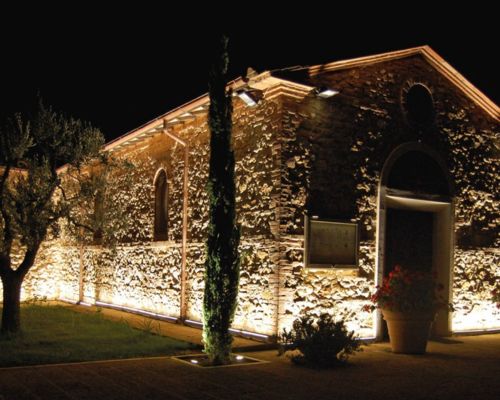

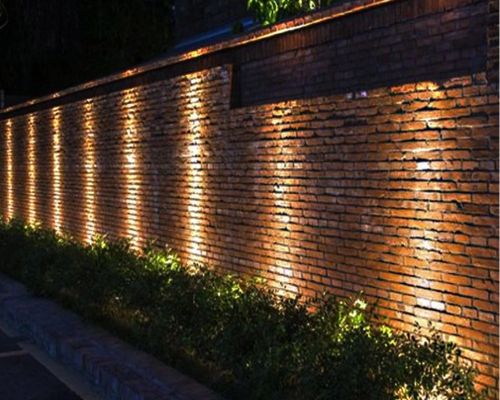
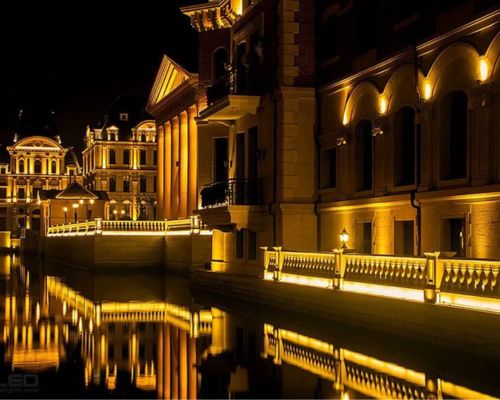

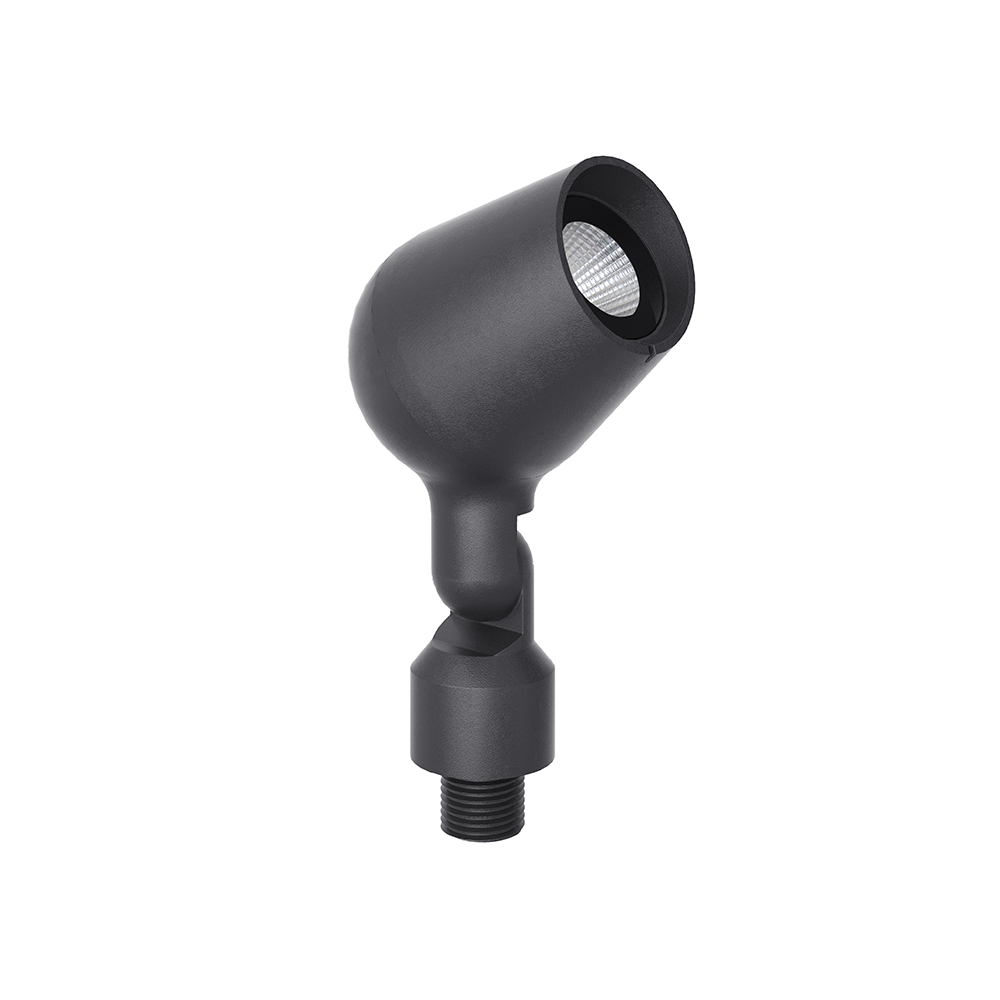
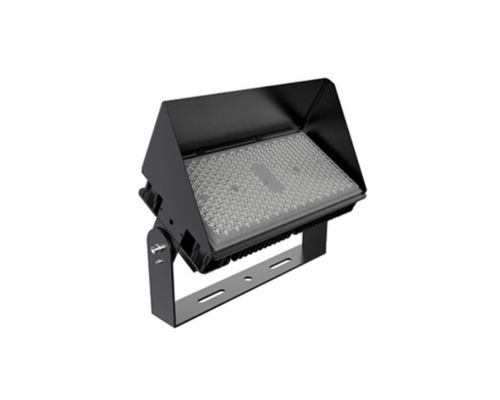

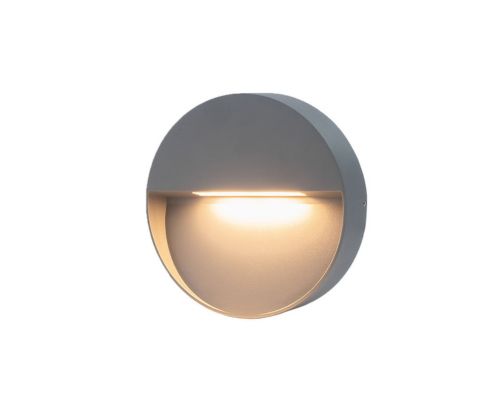

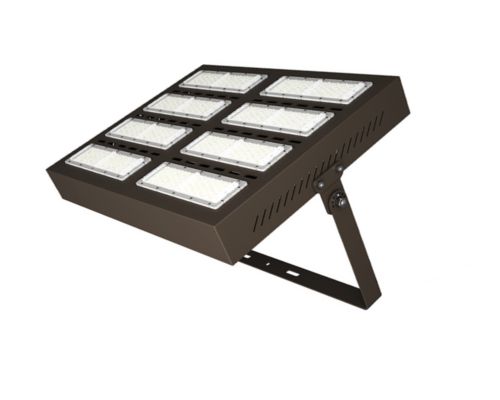



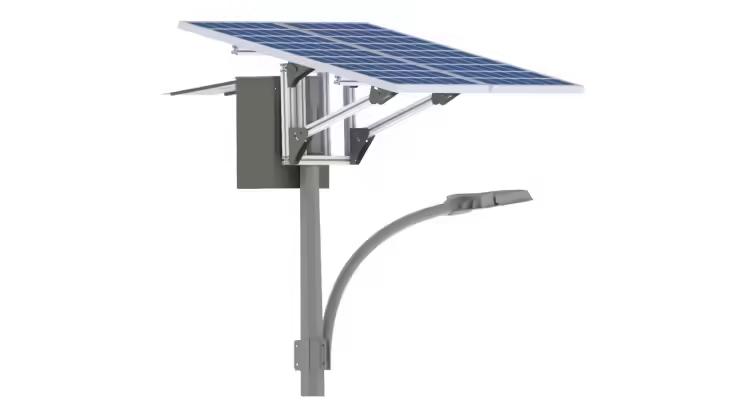
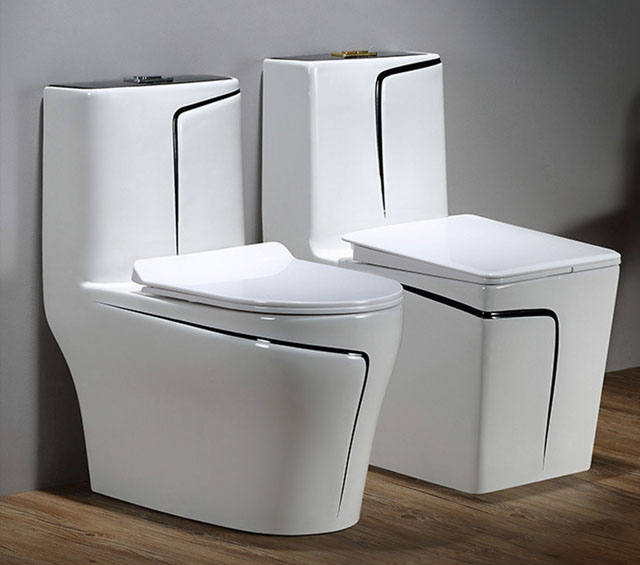


Leave A Comment